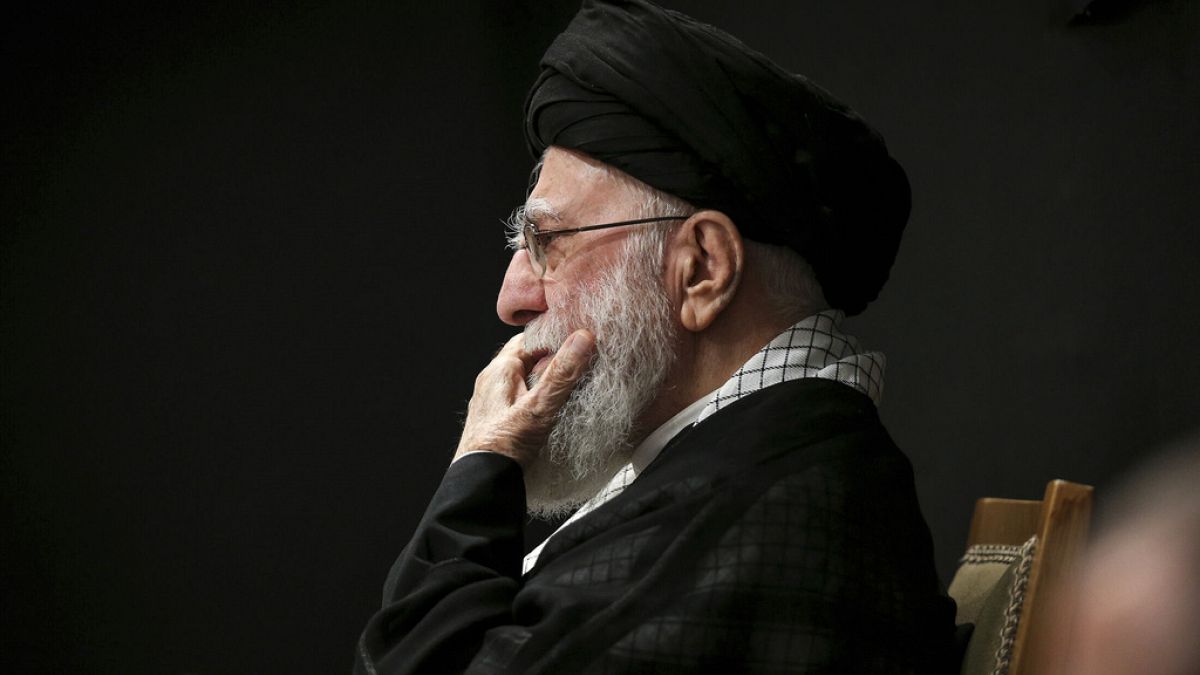

In the midst of ongoing global tensions, recent developments have unfolded across various regions, presenting a complex yet hopeful picture of international relations. From Middle Eastern dynamics to European security concerns, here’s a look at the recent events that are shaping the global landscape.
In Iran, the country’s Supreme Leader made a rare public appearance amid escalating tensions with Israel. This marks his first presence before the public since the onset of the conflict, a move that may symbolize a step towards diplomatic engagement or resilience in the face of adversity. While the specifics of his address remain shrouded in traditional rhetoric, his appearance could serve as a pivotal moment for communication and potentially for diplomatic advances.
Turning towards Turkey, the nation is experiencing intense political shifts as authorities continue their crackdown on opposition parties. Recently, mayors from key cities such as Antalya, Adana, and Adıyaman have been detained, signaling a tightening grip on political dissent. The operations followed previously initiated investigations in Istanbul, spreading further across the country. Although these actions have stirred domestic unrest, they underscore a period of significant political change within Turkey, emphasizing the need for measured and constructive dialogue to navigate these challenging times.
Moving to Eastern Europe, Ukraine has reportedly launched a strategic strike on a Russian airbase. This comes as Moscow intensifies its bombing campaign on Ukrainian territories. In parallel, Ukrainian President Volodymyr Zelenskyy had an optimistic and encouraging conversation with US President Donald Trump, reflecting the importance of international alliances and support in these turbulent times. Additionally, the revelations by Dutch and German intelligence agencies regarding the use of banned chemical weapons by Russia bring new urgency to the international community, urging a unified response and fortified support for Ukraine.
Meanwhile, the diplomatic scene in Russia is witnessing a realignment. With Moscow identifying new allies in the Taliban and North Korea, former partnerships with Azerbaijan and Armenia appear to be waning. This shift in alliances reflects broader strategic calculations as Russia re-evaluates its positions on the global stage, offering both challenges and opportunities for engaging with different parts of the world.
In the Middle East, the prospects for peace in Gaza appear to be cautiously optimistic despite ongoing hostilities. Israel’s airstrikes on Gaza continue, even as Hamas expresses a willingness to enter immediate ceasefire negotiations. This gesture from Hamas, on a proposal backed by the United States, raises hopes for a potential pause in the nearly 21-month-long conflict. The international focus remains on fostering dialogue and creating conditions conducive to lasting peace in the region, with hopes for a definitive agreement seen as tantalizingly close.
Though the global scene remains fraught with challenges, the recent developments indicate potential avenues for resolution and dialogue. These moments reflect a balanced mix of hope and prudence, underscoring the need for sustained diplomatic efforts and cooperative engagements worldwide. The ongoing stories of resilience, negotiation, and realignment offer a mosaic of strategies aimed at addressing the complex challenges faced today, highlighting the enduring pursuit of peace and stability.
Source: {link}
